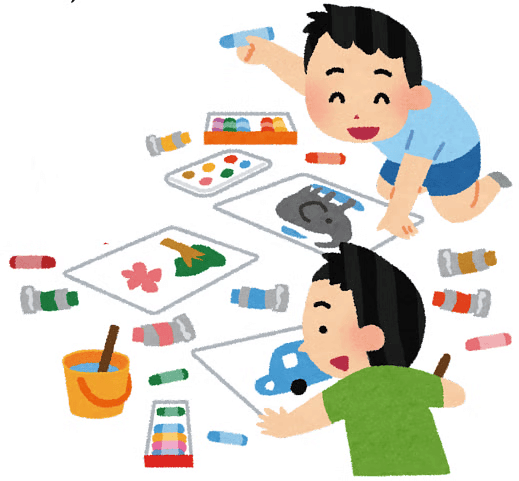Worksheet: Colours | Worksheets with solutions for Class 3 PDF Download
| Table of contents |

|
| Fill in the blanks |

|
| True or False |

|
| One Word Answer Type Questions |

|
| Short Question and Answers |

|
Fill in the blanks
Q1: You have a few __________, Red, yellow, and blue.
Q2: If we share our crayons, we have a __________ pack.
Q3: I need the __________ and you need the black.
Q4: Green, purple, and __________, I have some too.
Q5: The second child had ______ crayons. 
True or False
Q1: The children have crayons in different colors.
Q2: Both children need the same color.
Q3: Sharing crayons can help them have all the colors they need.
Q4: The poem is about two friends who don't want to share.
Q5: By sharing, both children can have a full pack of crayons. 
One Word Answer Type Questions
Q1: What do the children have?
Q2: What color does one child need?
Q3: How many colors does the first child have?
Q4: What do the children have if they share?
Q5: What is the poem about? 
Short Question and Answers
Q1: How many children are there in the poem?
Q2: What colors of crayons does the first child have?
Q3: What colors of crayons does the second child have?
Q4: Why do the children decide to share their crayons?
Q5: What do the children have if they share their crayons?
You can access the solutions to this worksheet here.
FAQs on Worksheet: Colours - Worksheets with solutions for Class 3
| 1. What are primary colors? |  |
| 2. How do you create secondary colors? |  |
| 3. What are complementary colors? |  |
| 4. How can colors affect mood? |  |
| 5. What is the significance of color psychology in marketing? |  |





















